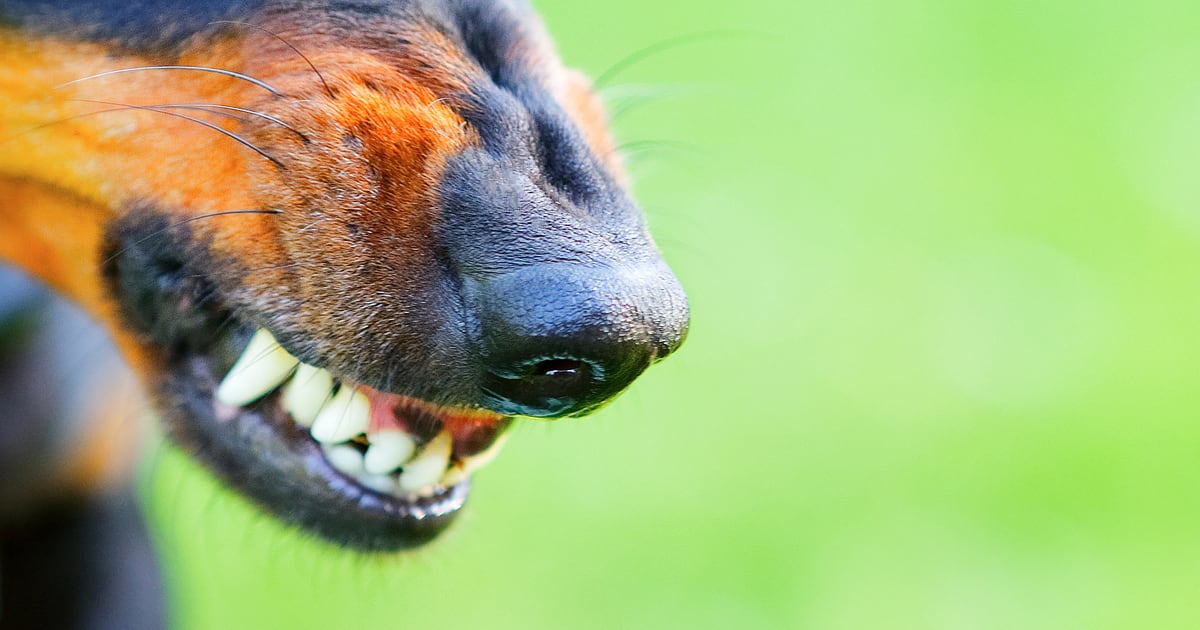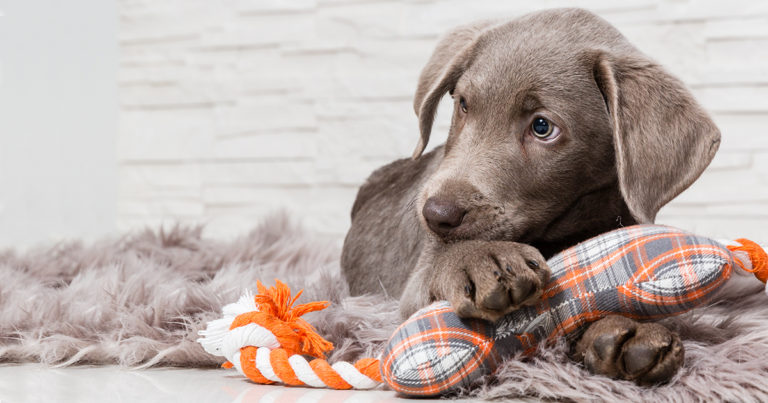Welcome to another installment of “Debarking Pet Myths,” our monthly series that addresses common myths, misconceptions and old wives’ tales about dogs, cats and their nutrition.
When people hear the words “aggressive dog,” there are probably a few breeds that pop straight into their minds. But is this a fair characterization? Does a dog’s breed define its personality? Does it depend on how the dog is raised? Or is it both genetics and environment?
Nature vs. Nurture
Breeding and genetics (nature) do appear to have some influence on dog personalities. Since 1977, the American Temperament Test Society (ATTS) has compiled a cumulative list of breeds and the proportion of dogs from each breed that passed or failed a temperament test. The test measures different aspects of temperament including stability, shyness, aggressiveness and friendliness, as well as self-preservation and protectiveness towards their handler. It should be noted that this is not a scientific study and owners volunteer to have their dog’s temperament tested.
What’s interesting as you read through the results of the temperament test is that breeds you may not generally consider as having temperament problems rank lower than some of the stereotypical bad temperament breeds. In particular, there are popular small breeds which have some of the lowest temperament pass rates.
However, how a dog has been raised or trained (nurture) can also have a significant impact on their temperament. Unfortunately, there are dogs who have been abused or trained with the intention of making them aggressive toward other dogs or people. A lack of proper socialization can also contribute to a fearful and potentially aggressive dog. However, other dogs of the same breed who have been raised in loving homes and adequately socialized could be total snuggle bunnies. Imagine a pair of animals who have been cloned. While their genes are identical, their life experiences probably won’t be, so they can have different personalities.
The Same but Different
There are certainly traits of some breeds which make them more suited for specific tasks than other breeds. There are reasons why certain breeds are so frequently used for military dogs and police K9 units: they are likely to have intelligence, physical strength, intimidating stature and a strong prey drive. Just like there are reasons other breeds are used as assistance dogs — they tend to be eager to please, calm, focused and thrive on praise.
However, not all dogs that enter military dog training or service dog training pass. Each dog has its own personality, strengths, weaknesses and abilities which may or may not make them suitable as a working dog. Some puppies from the same litter who were raised in the same environment may be accepted into training programs whereas others may not. The same applies to whether a dog of a certain breed will be aggressive — every dog is different. That’s what we love about them; each dog has their own personality.
Expect the Unexpected
Any dog can be aggressive if placed in a stressful or violent situation, and any dog, no matter what breed, age or size, can bite. Even the most mild-mannered dog, if pushed to the edge, will bite. Many dogs, especially those who weren’t socialized well, may bite if they feel fearful or threatened. Sneaking up on a sleeping dog and startling it may elicit a bite, and many dogs will bite if they’re in pain or don’t feel well.
Always ask before letting your dog approach another dog in case the other pet is fearful or protective. Similarly, always ask before petting a strange dog, then let the dog approach and sniff you first. Children should always be supervised when playing with dogs since some dogs, understandably, are uncomfortable when small children grab their ears, paws or tails. Children who invade the dog’s personal space, especially when the dog is eating, can be at risk for a bite.
Unexpected threats are why it is important to use a leash when in public. You can’t control the environment, other dogs, people, wildlife or other things that could put your dog in a threatening situation, but you can control your dog.
Signs of Aggression
A dog’s body language and facial expressions tell us a lot about their frame of mind. A lowered body, with the hind end up and the head closer to the floor, combined with dilated pupils and panting, means that your dog is likely stressed about something specific. If they are also growling or snarling, they may have moved beyond stressed and into “attack mode,” meaning they are scared enough to be aggressive.
A dog that is standing at its full height (as if they are trying to look even bigger than they are) with straight front legs, leaning forward as if straining on an invisible leash, is projecting dominance and possible aggression. Flat ears positioned either forward or back on the head, squinted eyes or an unbroken, challenging stare accompanied by bared teeth means that it is time to give the dog some space.
Does Size Matter?
If all breeds have dogs that are capable of being aggressive, are our perceptions of aggressiveness linked to the size of the dog and the damage they could cause? A potential bite from a toy breed is not likely to scare (or harm) you as much as a bite from a large breed.
Every dog, regardless of breed, needs adequate socialization and to be raised in a caring, supportive environment. When nature and nurture work together, there is a greater chance of a positive outcome for everyone.
RELATED POST: Are My Dogs Play Fighting? Or Really Fighting?








